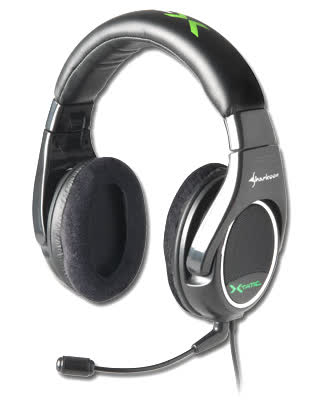

Dolby digital surround tv#
I can confirm that the passthrough feature does still work on newer Sony and VIZIO TVs: 20 TVs tested - which pass through Dolby Digital 5.1?Įven if your TV can pass through a Dolby Digital 5.1 channel signal, your source device also needs to be outputting Dolby Digital 5.1 sound to the TV. Here's a compilation by Ty Pendlebury of the results from testing 20 TVs for the 5.1 passthrough feature. Your Samsung TV probably can't do it, but it's worth checking the audio settings menu just in case.ĬNET used to keep track of this in their TV reviews, and they do still mention the feature when they review new TVs. In some cases, you need to make sure to go into the TV's Audio Settings to enable this passthrough, and in some cases, it's automatic. The notable exceptions to this rule are Sony and VIZIO - most of the Sony and VIZIO TVs we have tested (and that our friends at CNET, HD Guru, Sound and Vision, etc.) have tested do pass through 5.1 channel Dolby Digital from sources connected via HDMI cables through the TV's optical audio port. So even if your Blu-ray player or cable box is sending a Dolby Digital 5.1-channel signal to the TV, the TV is only passing along a 2-channel (stereo) Dolby Digital or PCM signal through its fiberoptic dgital output. Most of the TVs from Samsung, LG and Panasonic that we have tested do not pass through Dolby Digital 5.1 from external components connected via HDMI cables. But if you're watching movies or shows from a cable box, Blu-ray or DVD player or external streaming box like a Roku, most TVs are unable to pass through a 5.1-channel Dolby Digital signal from the source device through the TV and out the fiberoptic port. Most TVs can pass 5.1 channel Dolby Digital sound out of their fiberoptic digital outputs (and into the PlayBar) when you are watching TV using the set's built-in ATSC TV tuner, or when you are using the streaming apps (like Netflix, Vudu or Amazon Video) built into the TV itself.
Dolby digital surround update#
Update (March, 2017): The same advice applies to the SONOS PlayBase TV platform speaker as it uses the same type of fiberoptic input as the PlayBar as well as similar audio processing. Assuming you've configured the speakers correctly in the Sonos set-up (Play:1s and sub are grouped with the PlayBar in a single system with the Play:1s set up as surround speakers), you will get discrete 5.1 channel surround sound when the PlayBar receives 5.1 channel surround sound, and that's where things can get a little tricky.īy adding a pair of Play:1 or Play:3 speakers and a Sub to the Sonos PlayBar, you can get discrete 5.1 surround sound, without complicated wiring. The Sonos PlayBar is a great product for streaming music and can make huge improvements in your TV sound quality, but it's not actually that simple to get real discrete surround sound out of it, even when you add the Play:1 rear speakers and a subwoofer. We actually get this question a lot from friends and from readers, not just about the Sonos PlayBar but about other soundbars that offer true 5.1 channel surround sound options. Could this be the problem? How can I tell if I'm getting 5.1 sound? And if I'm not, what can I do about it? I know that a lot of my Blu-rays are in DTS and I see that the PlayBar doesn't support DTS sound. My TV is a Samsung LED and my Blu-ray player is Samsung too. Very little sound comes from the Play:1 speakers in the back, even on movies that I know have a lot of surround information. Everything sounds good, but I'm pretty sure I'm not getting real surround sound.

I plug my TV's digital audio fiber optic output into the PlayBar. I plug all my devices (cable box, Blu-ray player, Roku) into my TV using HDMI cables. After reading your review of the Sonos PlayBar, I bought one, as well as some Play:1 speakers and a subwoofer so I could do a simple 5.1 surround sound system from my TV.


 0 kommentar(er)
0 kommentar(er)
